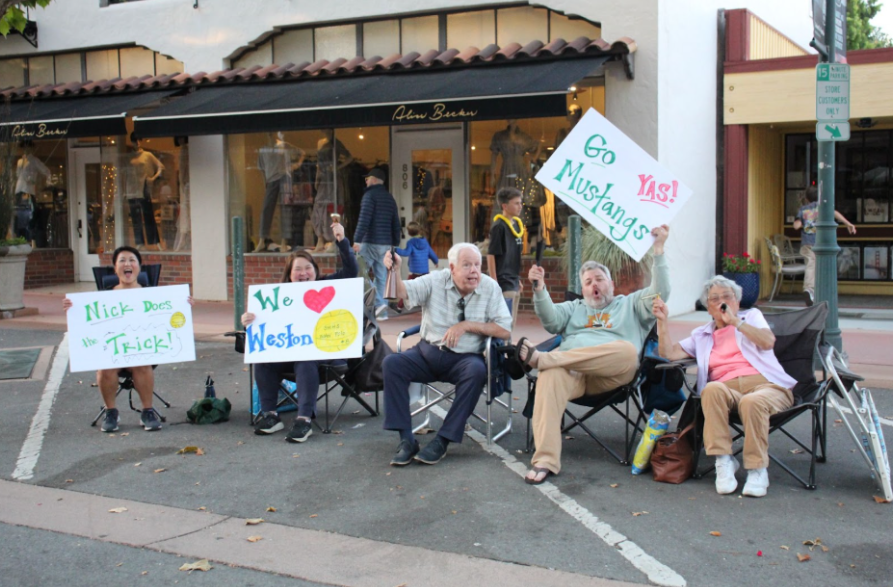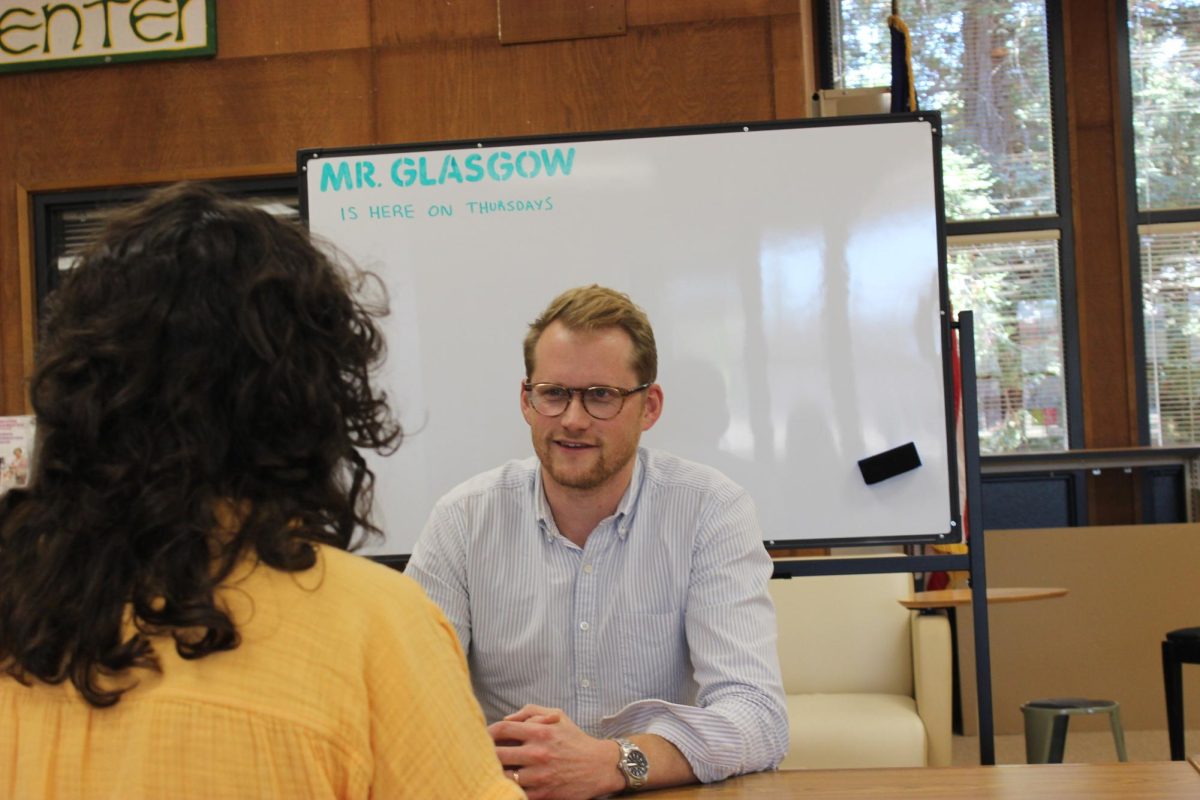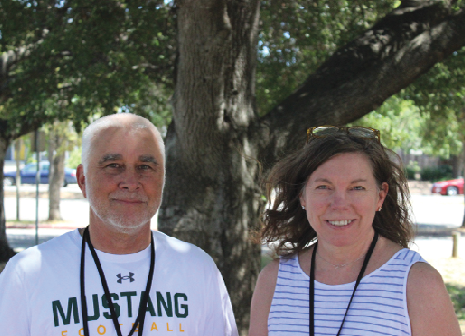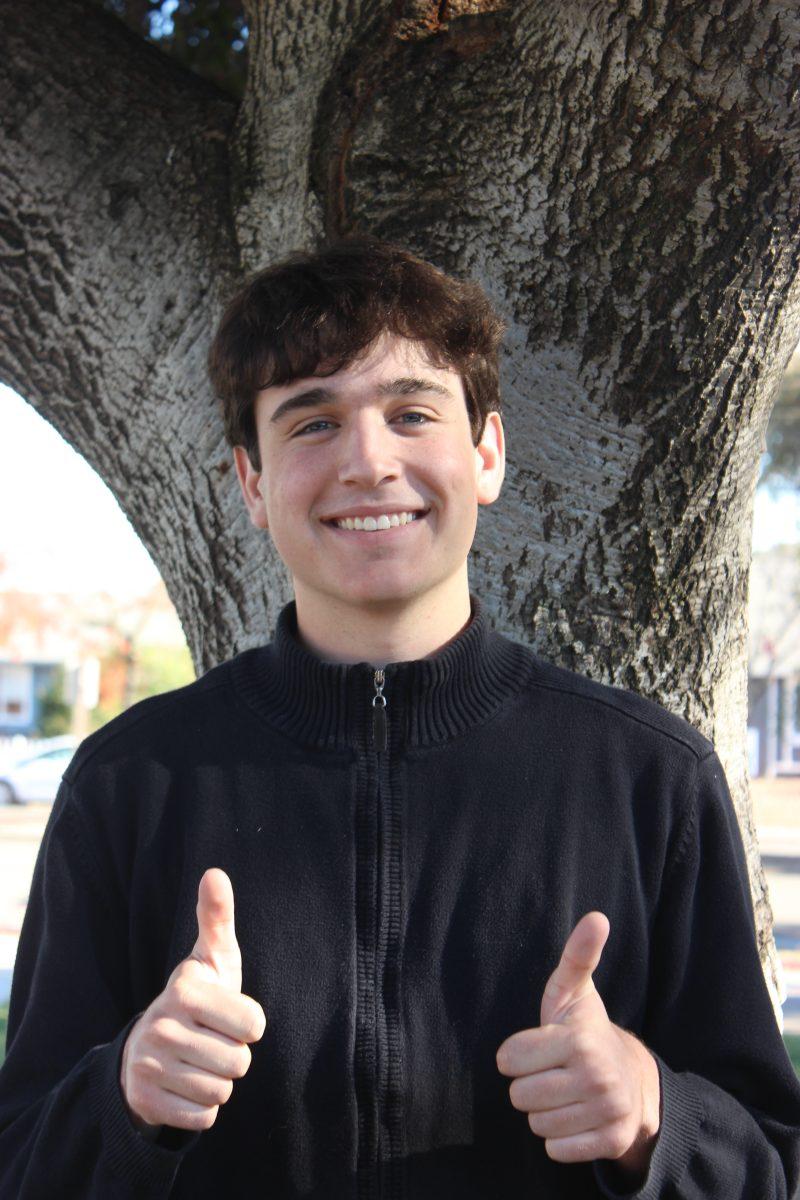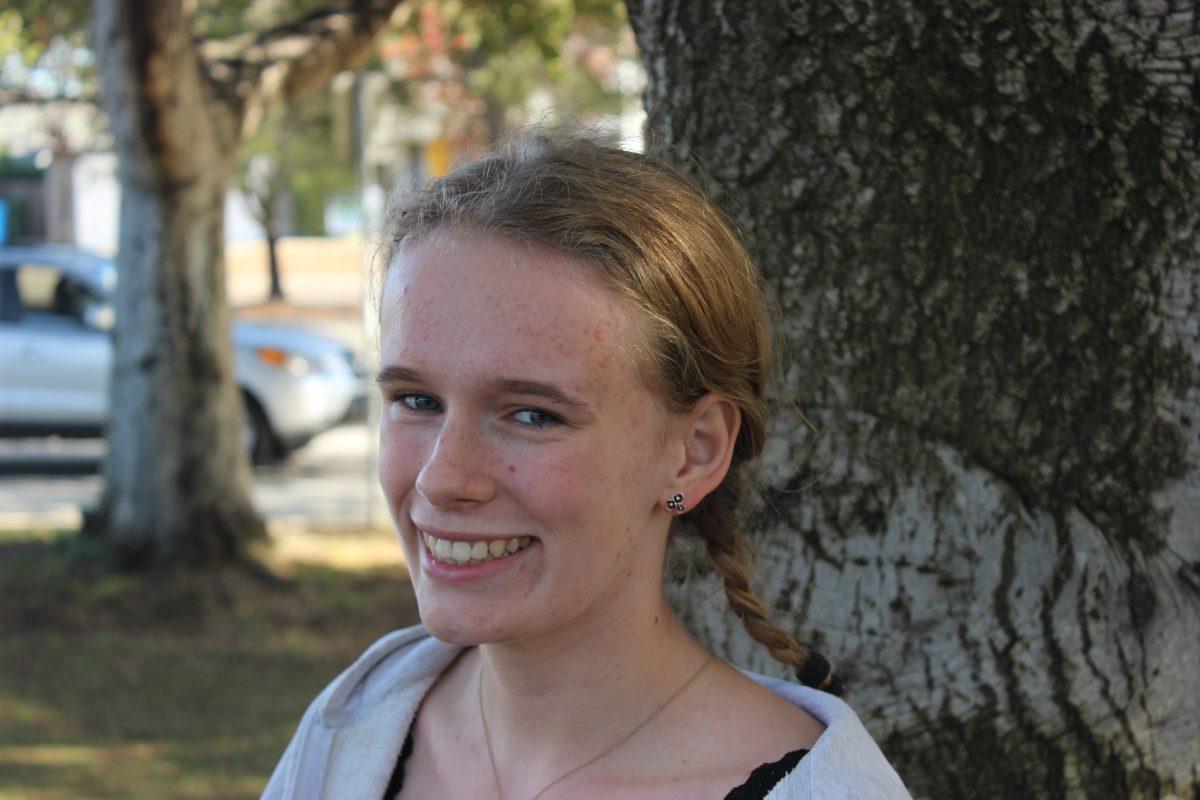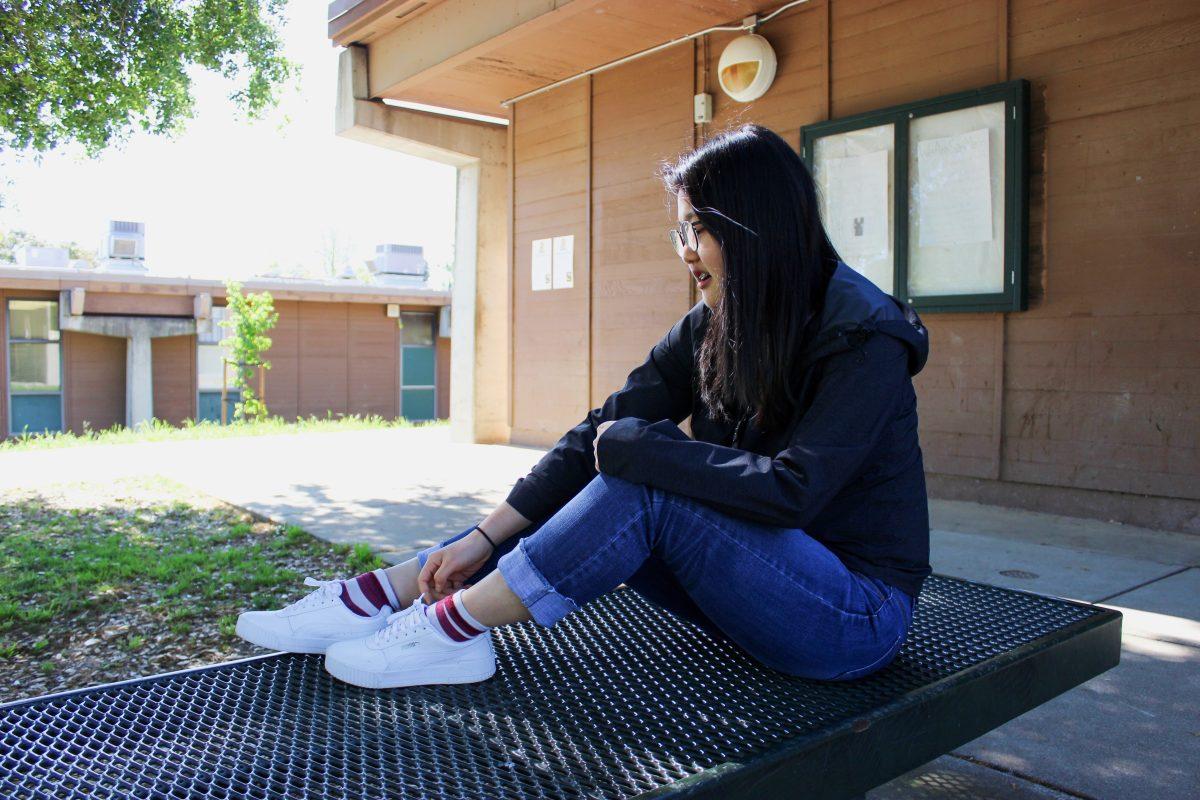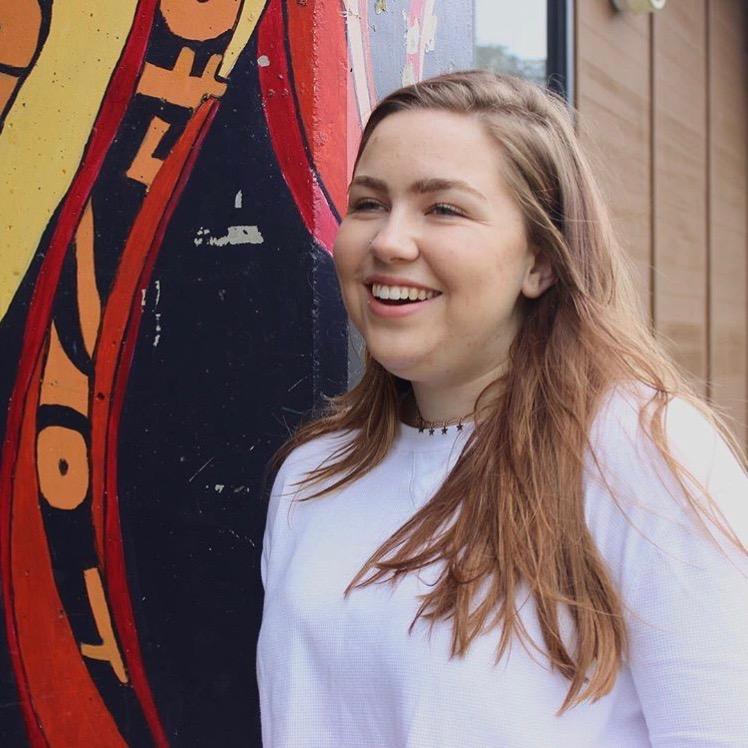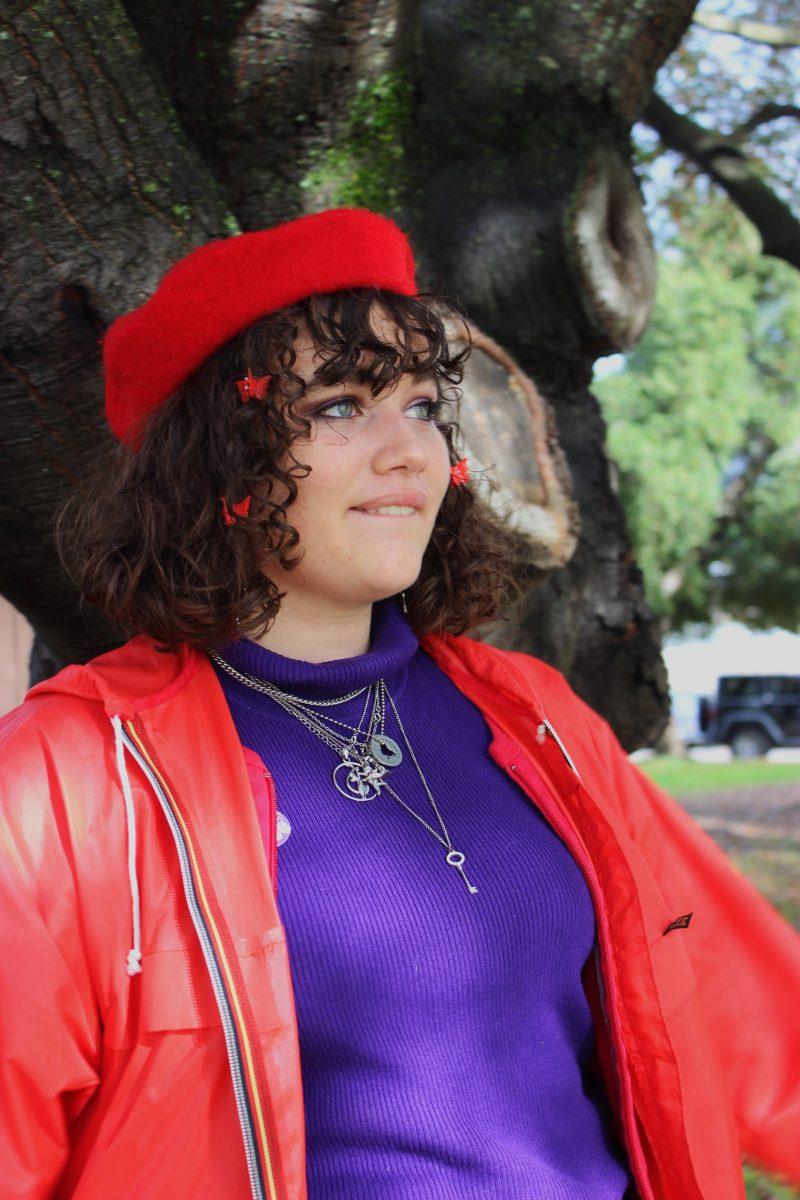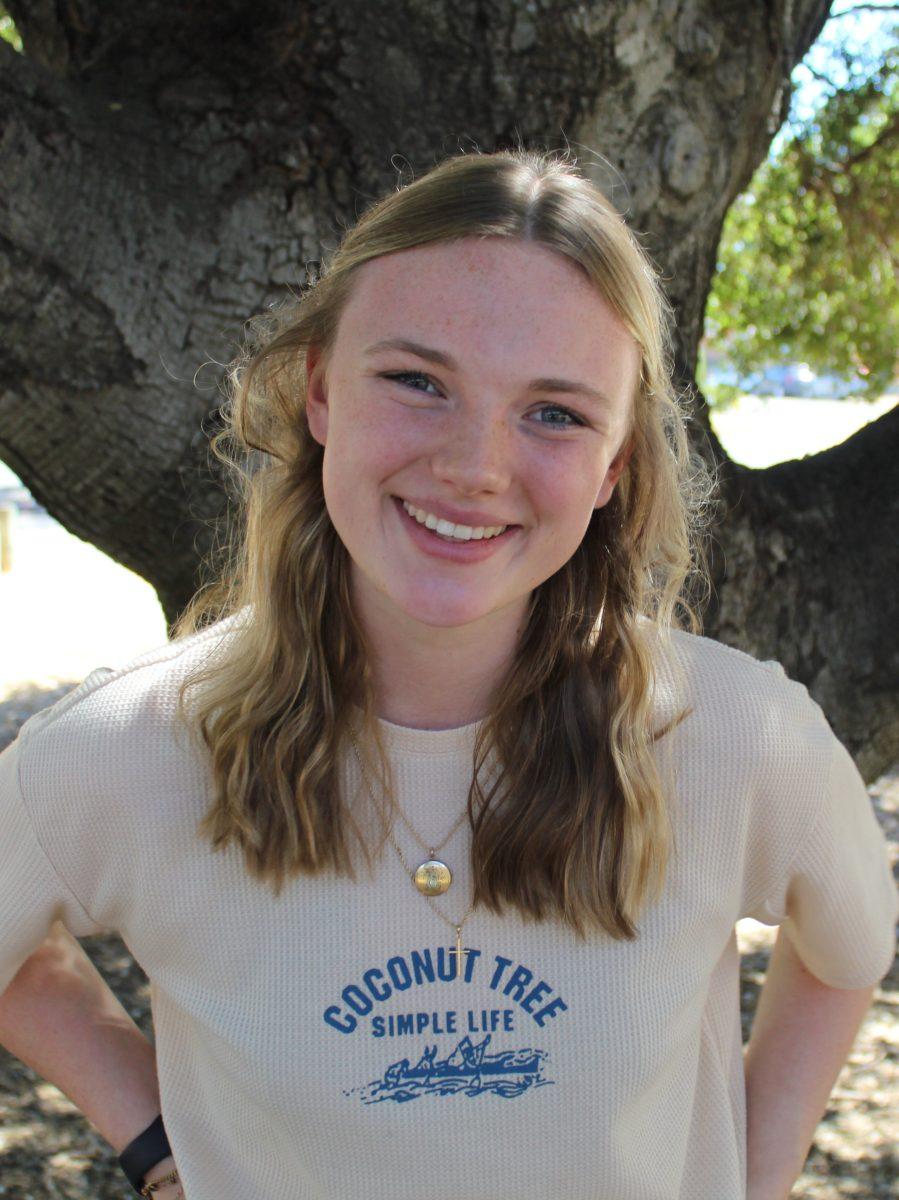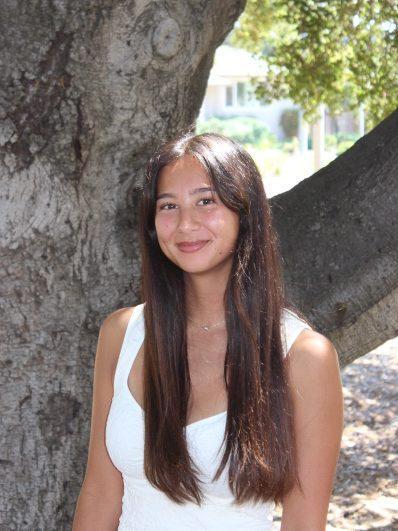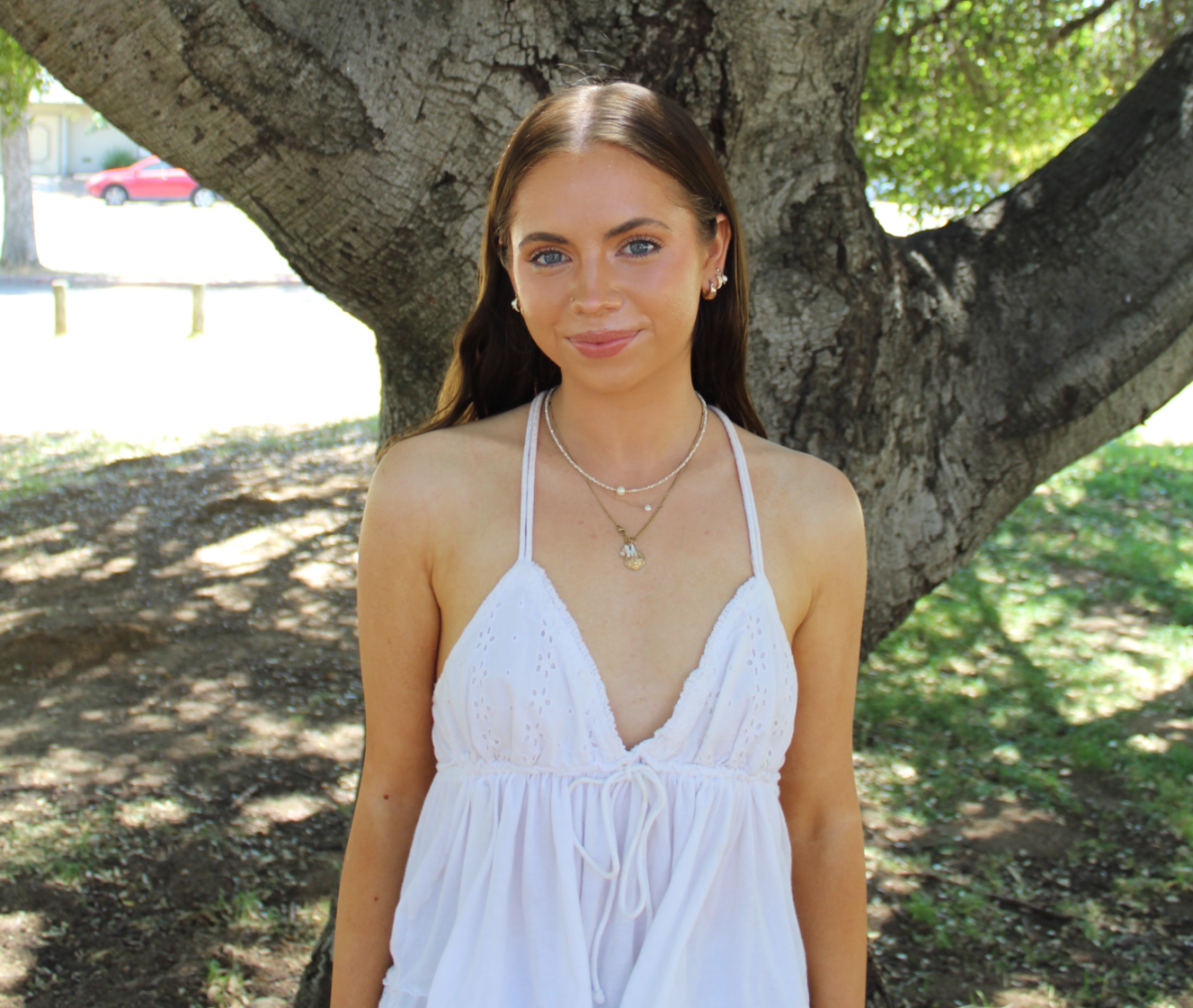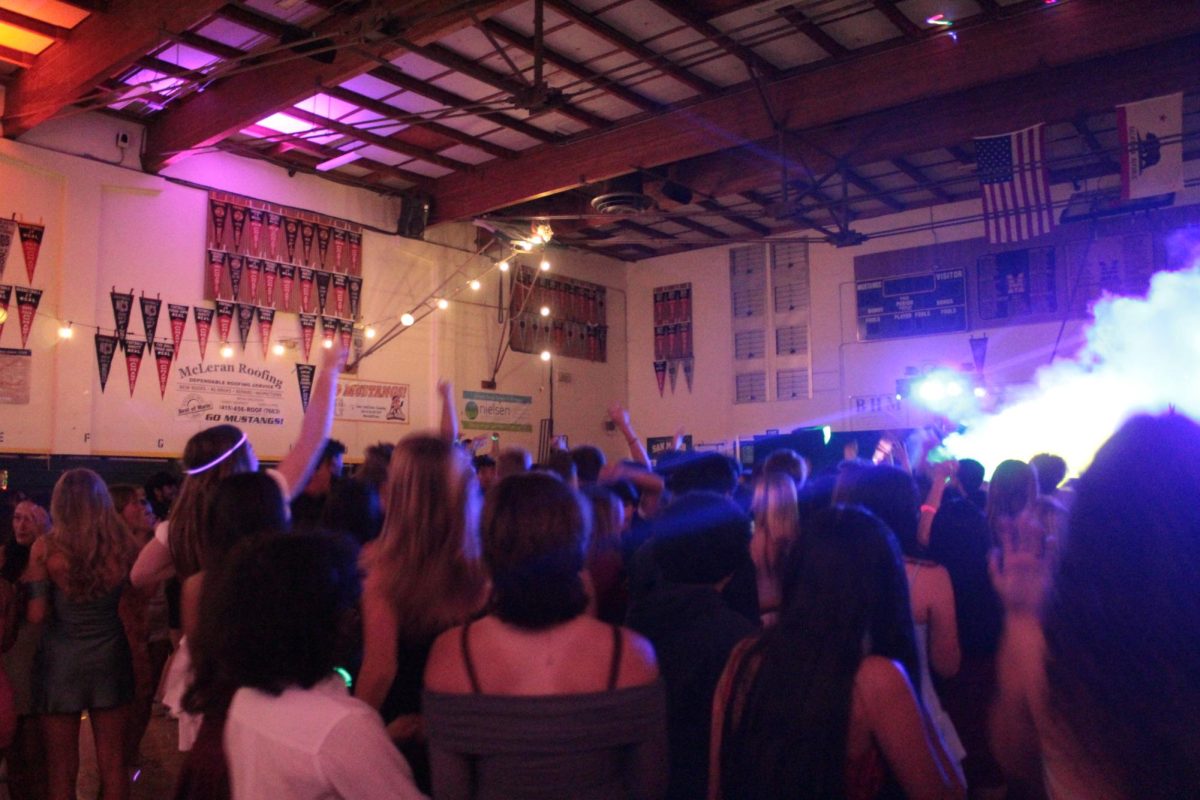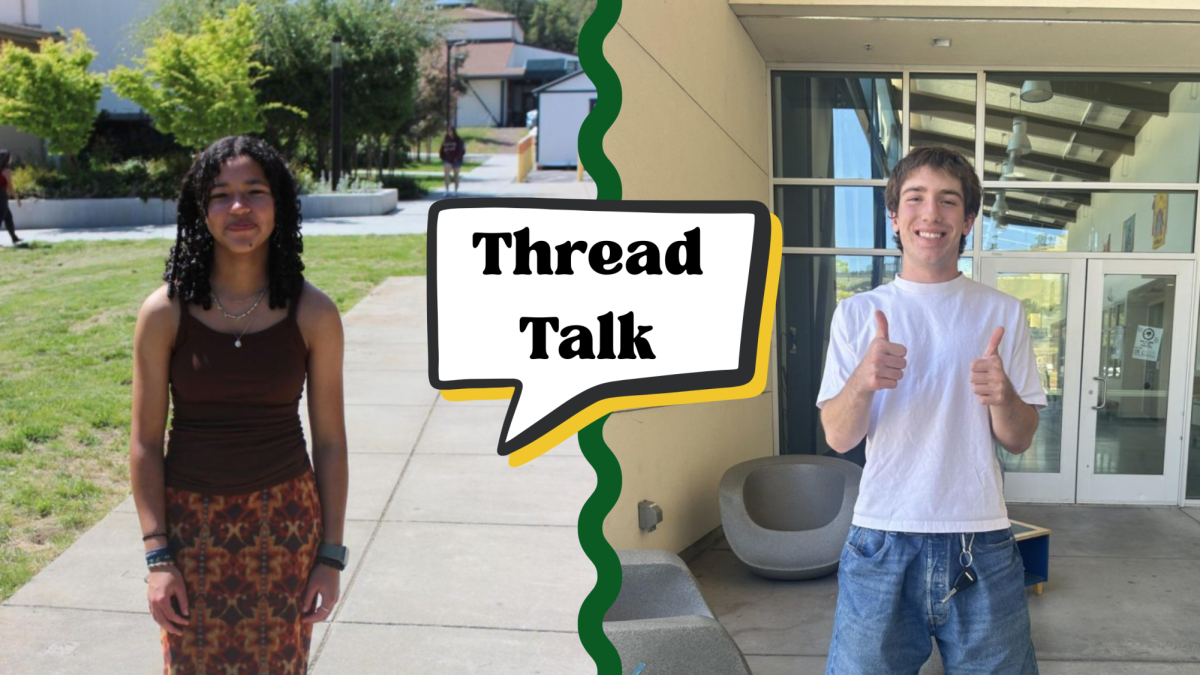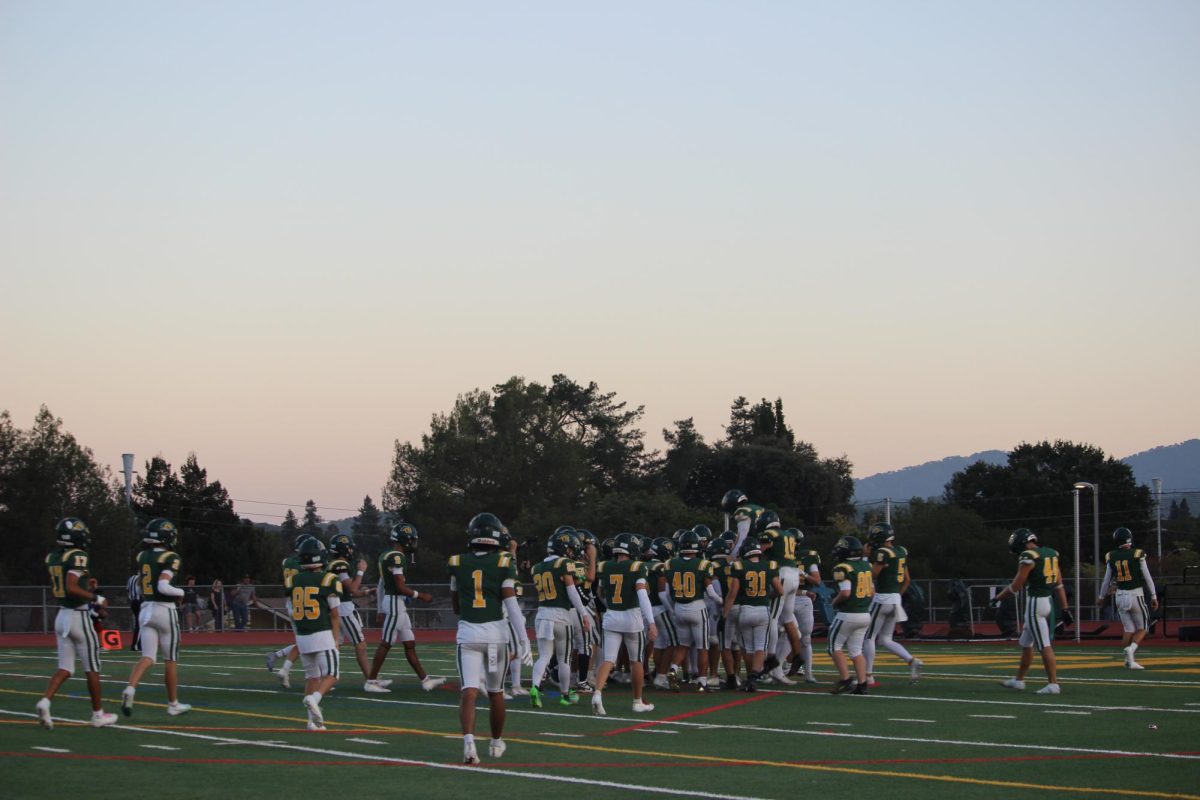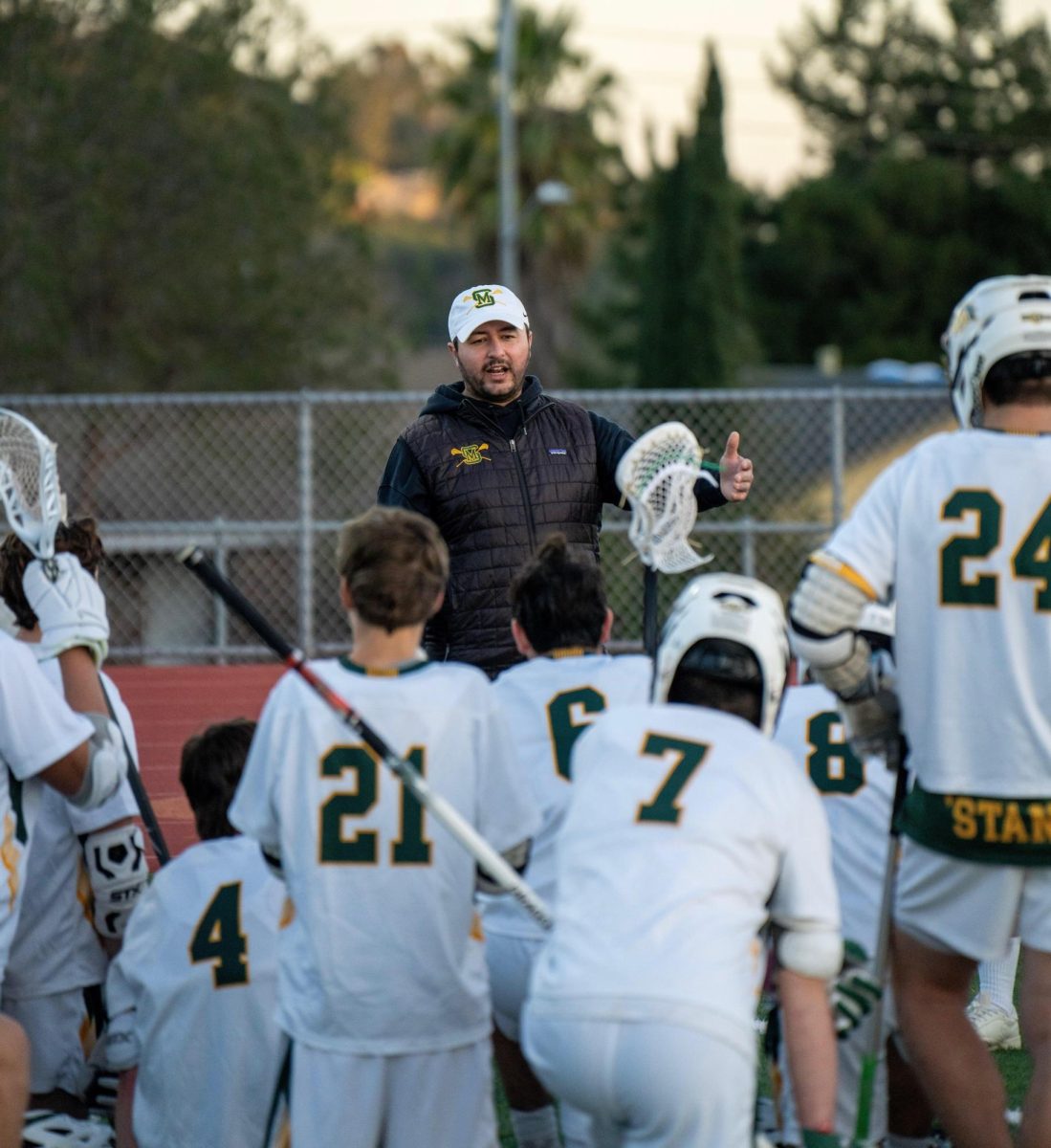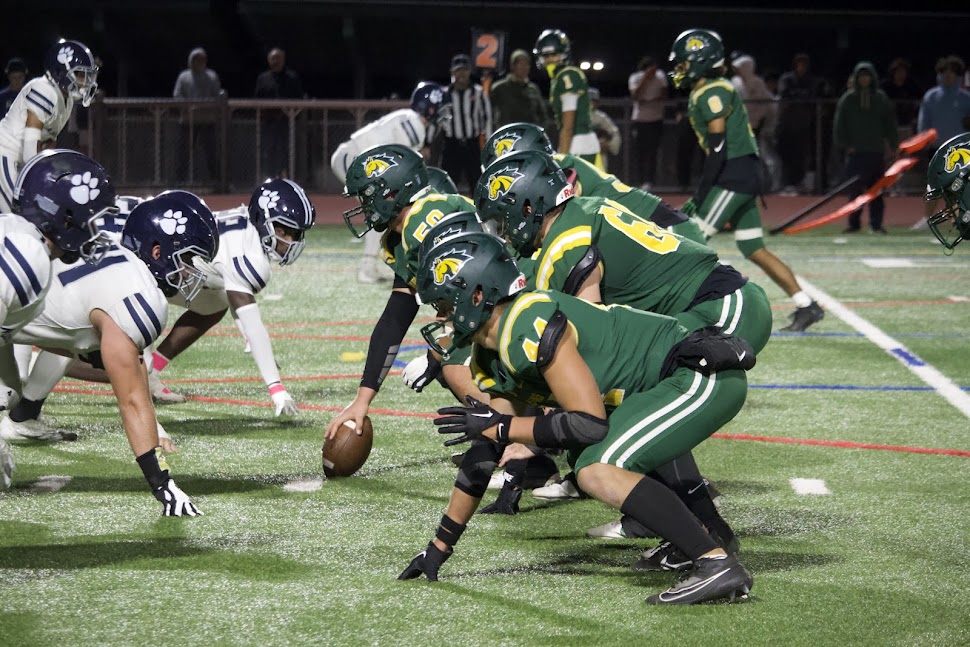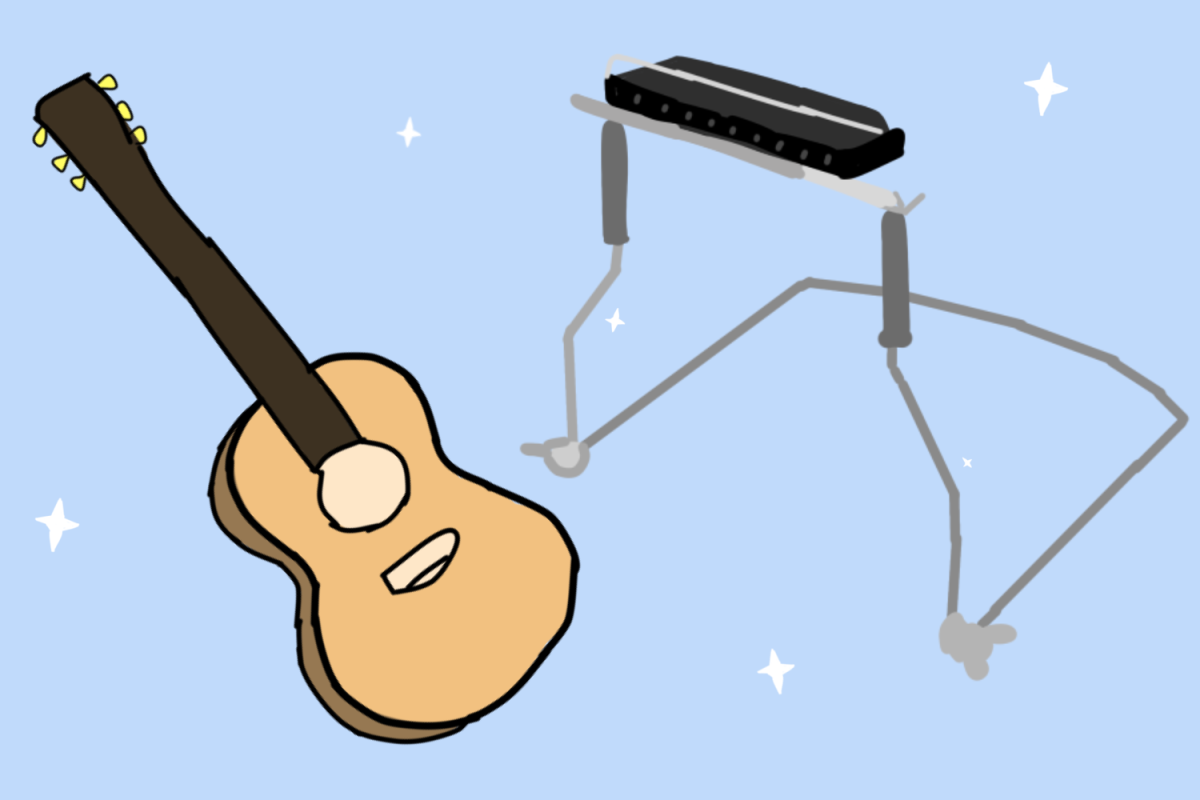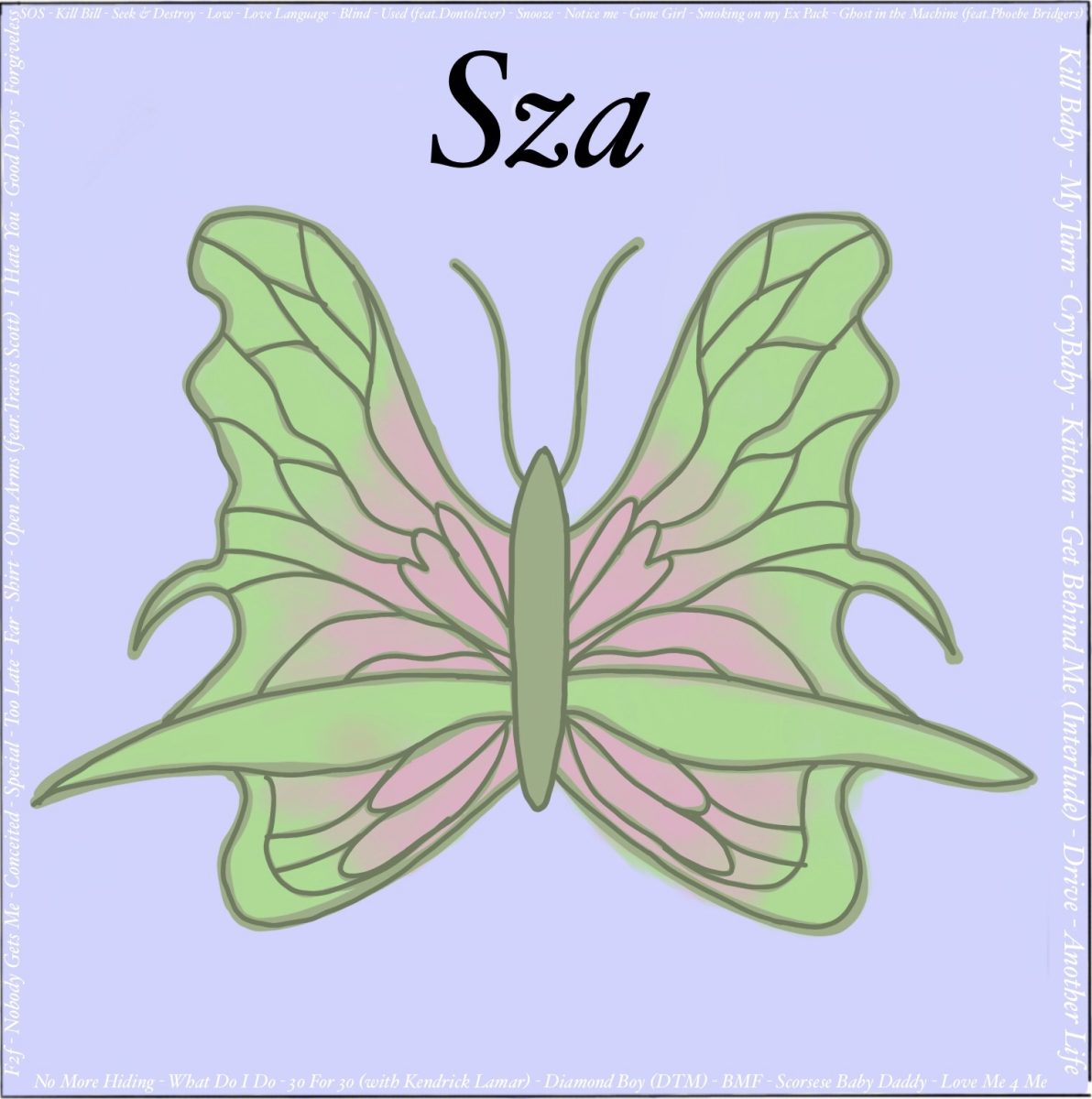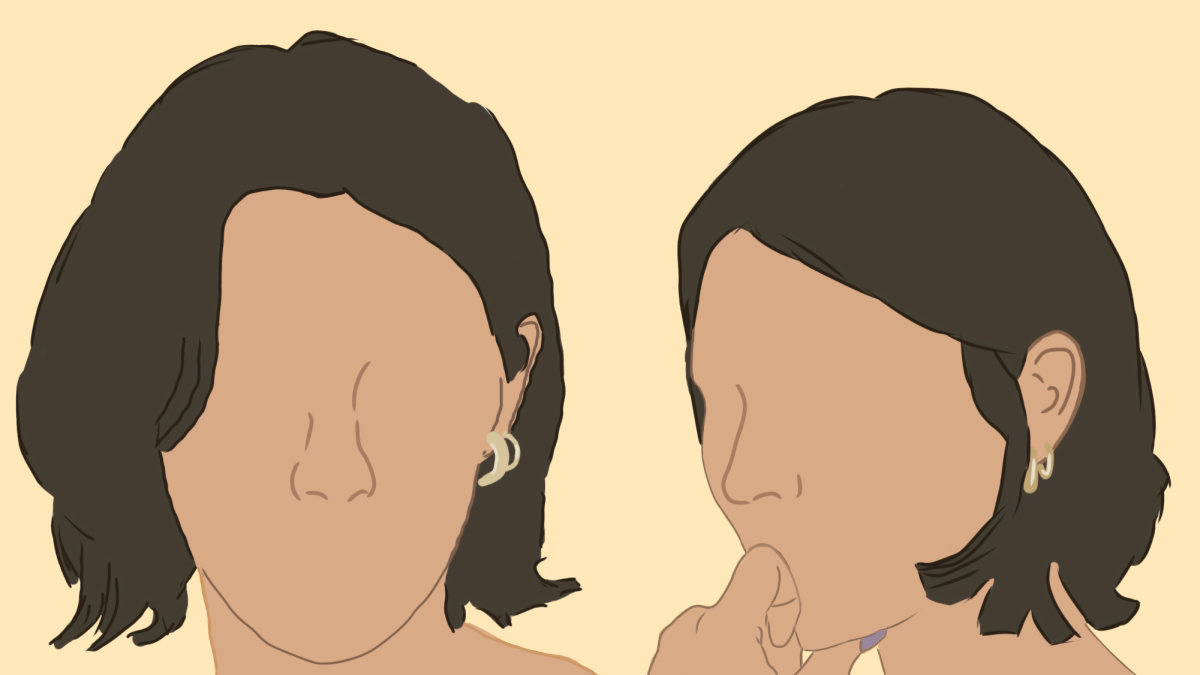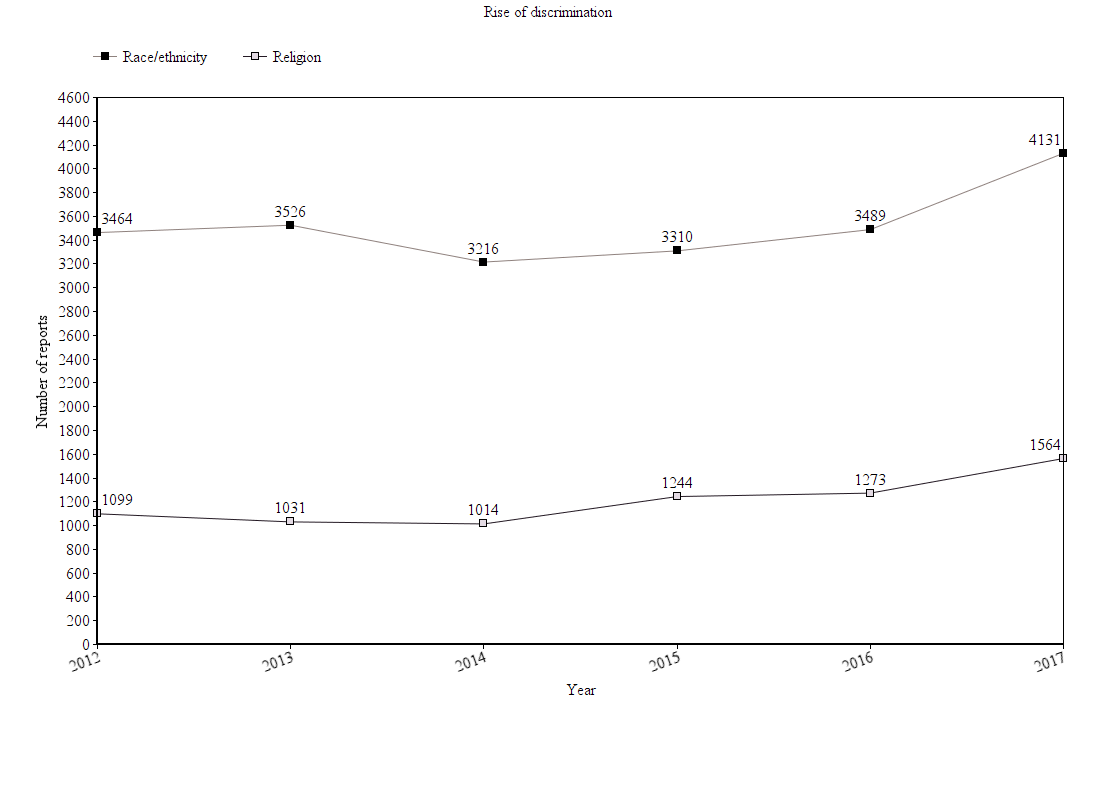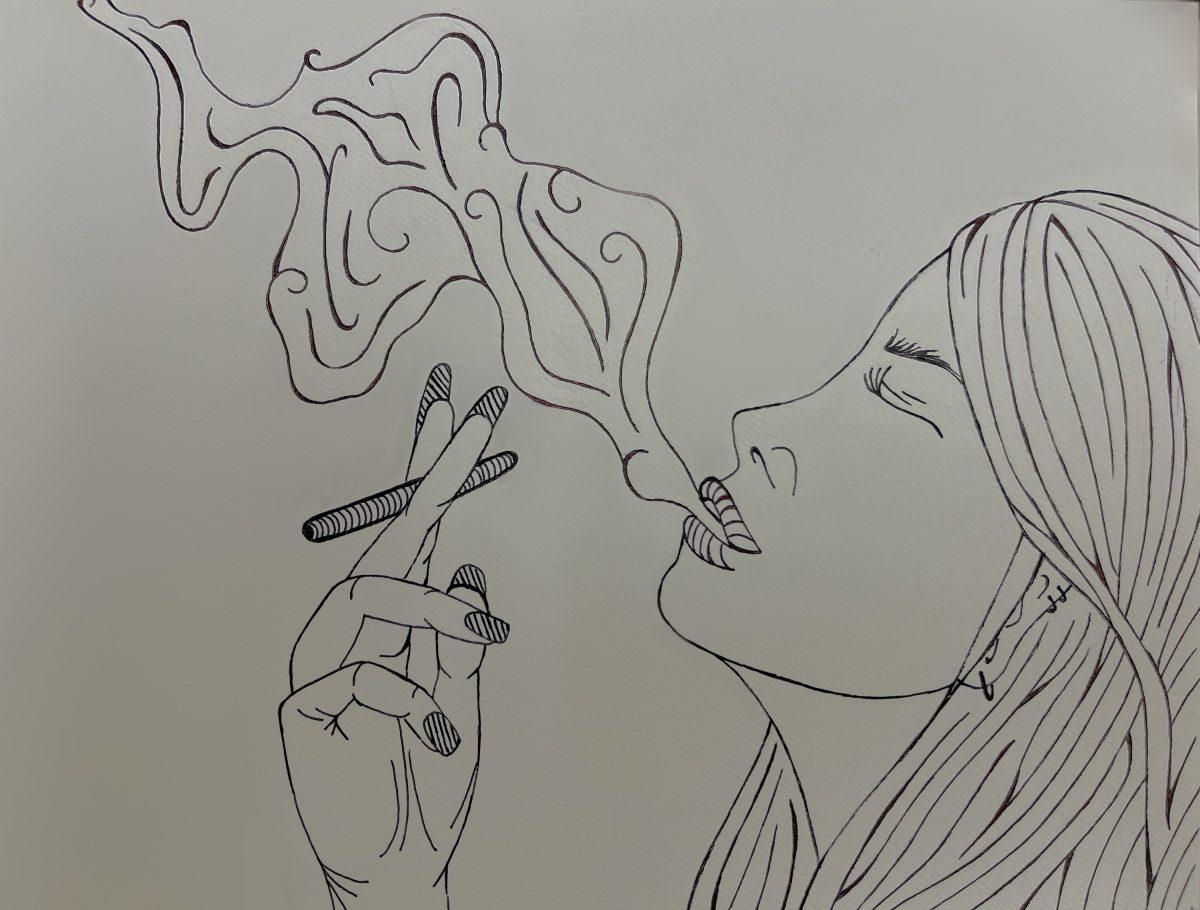In August, anti-Semitic flyers were posted throughout Novato, including on San Marin’s campus. This incident has compelled many individuals to reflect on their personal beliefs about the continuation of anti-Semitism, as well as the widespread growth of racism that can result in similar displays of discrimination.
“Racism and anti-Semitism still very much exist, but they tend to be ignored most of the time because of other current problems in our world that seem to be more important to others than this,” sophomore Antonia Doyle said.
Sophomore Maeve O’Brien agrees that there is a prevalence of ignorance surrounding racism and anti-Semitism.
“Especially in Marin, children are privileged and often ignorant because they grew up in a utopia filled with safety and money and opportunities,” O’Brien said.
As a part of the teacher equity group, science teacher Michelle Lafevre-Bernt hopes to use her platform to educate the staff and student body about these types of situations, with the goal of raising “awareness on structural racism that exists.”
Lafevre-Bernt has noticed that the curriculum used to teach students excludes many important aspects or figures of other cultures, despite that it is “not the way the world is,” which may in turn contribute to discriminatory action.
Principal Mark Sims said that he has fully acknowledged the rights of individuals to express their ideas freely, and no one should not be deprived of this right. However, he believes there is a point at which it becomes disruptive and disrespectful on a school campus. Lafevre-Bernt has also noticed that the extremity of certain expressions can prevent students from feeling safe or welcome.
Novato High School student and Jewish activist Zoe Steiner has personally found herself a target of anti-Semitism, especially at school.
“At my school it’s not uncommon to walk into a classroom and see swastikas on the desks, and I’ve had multiple appearances where my classmates will, if they know I’m Jewish or not, they’ll make a Jewish joke,” Steiner said.
She views these comments as a direct result of ignorance, and said that many students do not realize the severity of their actions when making racist or anti-Semitic comments or jokes.
According to a 2017 study by the Anti-Defamation League, anti-Semitic expression and violence has increased by 57 percent since 2016. A study performed by the Pew Research Center discovered that 65 percent of the surveyed individuals believed that racism and general radical expression has become more common nationwide.
O’Brien sees the violence as a conflict that has specifically stemmed from hate crimes, as well as police brutality and stereotyping.
Steiner emphasizes the importance of education and raising awareness in these situations.
“A lot of people will make racist or homophobic or some kind of joke they think is funny and don’t realize is offensive, so I think just starting that conversation and coming from a stance of education rather than punishment, like punishing people for things they haven’t necessarily done, coming from a place of wanting to inform people that that kind of behavior is wrong,” Steiner said.
She recognizes that protests, such as walkouts, may be valuable and initiate these discussions, however, she also said that they must be carefully organized in order to be as successful and powerful as possible.
Additionally, Sims recognizes the value of students expressing their opinions and organizing public protests, rather than remaining silent and doing nothing.
“I feel it’s very important that I’m not the one that plans for [protests],” Sims said. “If students have ideas, they come to me and then I try to help their thinking to make it as positive as possible.”
Sims finds that student-led events, such as the walkout held last school year that spoke out against racism, tend to go further than protests that are not initiated by students.
